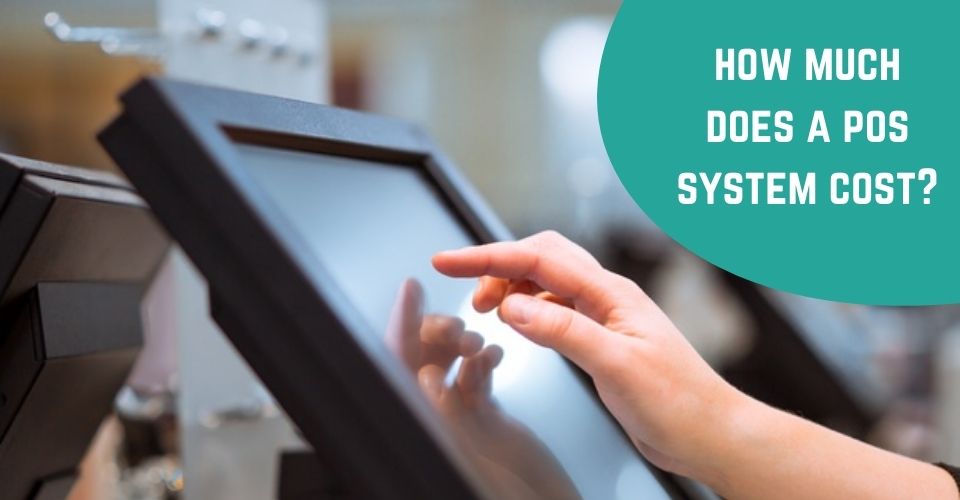A POS (point of sale) is the core technology in your physical stores and it’s very important to growing and managing your business. A traditional POS system enables you to sell and accept payments, but a modern POS can do more than those: you can look up the orders, sell across channels, view inventory at different warehouses or even transfer stock directly in POS. Compared to traditional server-based POS systems, new cloud-based POS systems are more mobile, secure and scalable and they’re guaranteed more uptime. Cloud-based POS are also cheaper because you don’t have to pay expensive monthly maintenance fees to maintain the security and software of back-office server.
Most POS systems are made up of three parts: software, hardware, and payment processing. Let’s walk through the cost of each factor and determine what makes the most sense for your business.
POS Software Cost
It’s very important to find a POS software that is suitable for your business. It should have all the features you need to sell and refund and be easy to use. For retail, it’s ideal that your POS software enables you to manage inventory directly in POS such as viewing stock at different stores and transferring stock among stores.
However, it shouldn’t cost you a fortune. Most of POS solutions, whether tradition server-based or cloud-based, comes with a monthly license fee, starting from $39 to $49 per month. You can have on-going support and the latest updates, including bug fixes and new features.
POS Hardware Cost
You can choose to buy or lease POS hardware depending on your budget and your long-term needs. The exact hardware that you need depends on your business type and the setup of your store (or stores).
The first big decision to make is whether you go with a legacy server-based system or a cloud-based system. A cloud-based POS system can work on a PC, Mac (web POS) or on a smart device such as an iPad (iPad POS), an Android tablet, so you have more flexibility. More and more retailers are opting for an iPad POS system because of its advantages: it is less bulky and cost-effective to set up, provides a more aesthetic and modern look to the stores and it enables you to flexibly support customers and accept payments from any spot around the store or on the go (this helps create a great customer experience). Some modern POS systems even have a customer-facing display, which helps ensure accuracy and provide a better experience for customers.
Depending on how your business is set up, other POS hardware you may need include barcode scanner, receipt printer, cash drawer, iPad stand, or self-serve checkout kiosks. Or you might be able to run your store with just an iPad, a cash drawer, and a card reader.
►►►► Please visit our products: digital banking, situation analysis, Shopify markets, Vietnam Photography Tour, Photography Tour Guide Viet Nam, supply chain operations management, fintech ai, Multi Store POS, Woocommerce POS, Mobile POS, White label POS, POS Reseller, Beauty Supply Store POS, Retail POS and Vape shop POS
Payments
In addition to POS software and hardware, you should be aware of credit card processing fees. When choosing a POS software, you should opt for ones with integrated payments – there are many integrated payments for POS available in the current market, such as PayPal Here, Moneris, iZettle, Payment Express. Most of these integrated payments are for iPad POS, though there are ones that work for both web POS and iPad POS such as Tyro.
Before you choose your payment processor or your POS with integrated payments, make sure that you know monthly fees and any long-term commitments well. Choose payments with clear and easy-to-understand transaction pricing.
